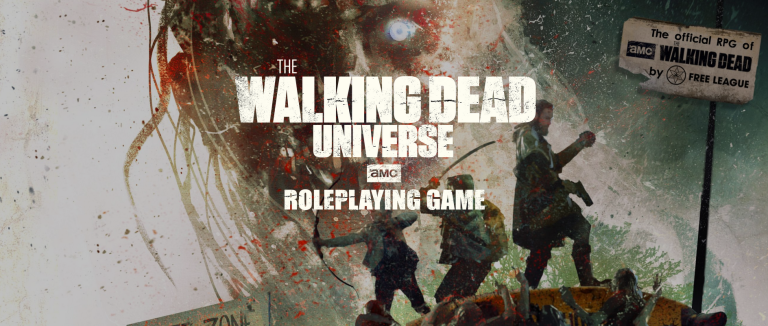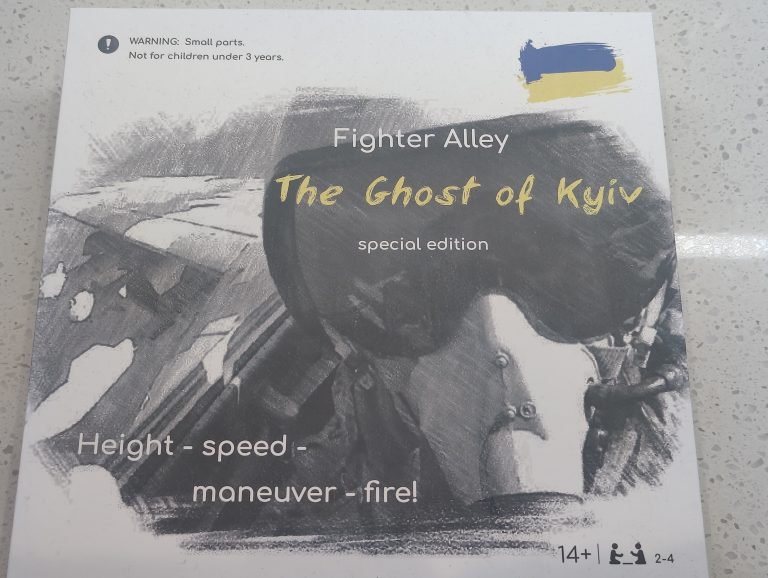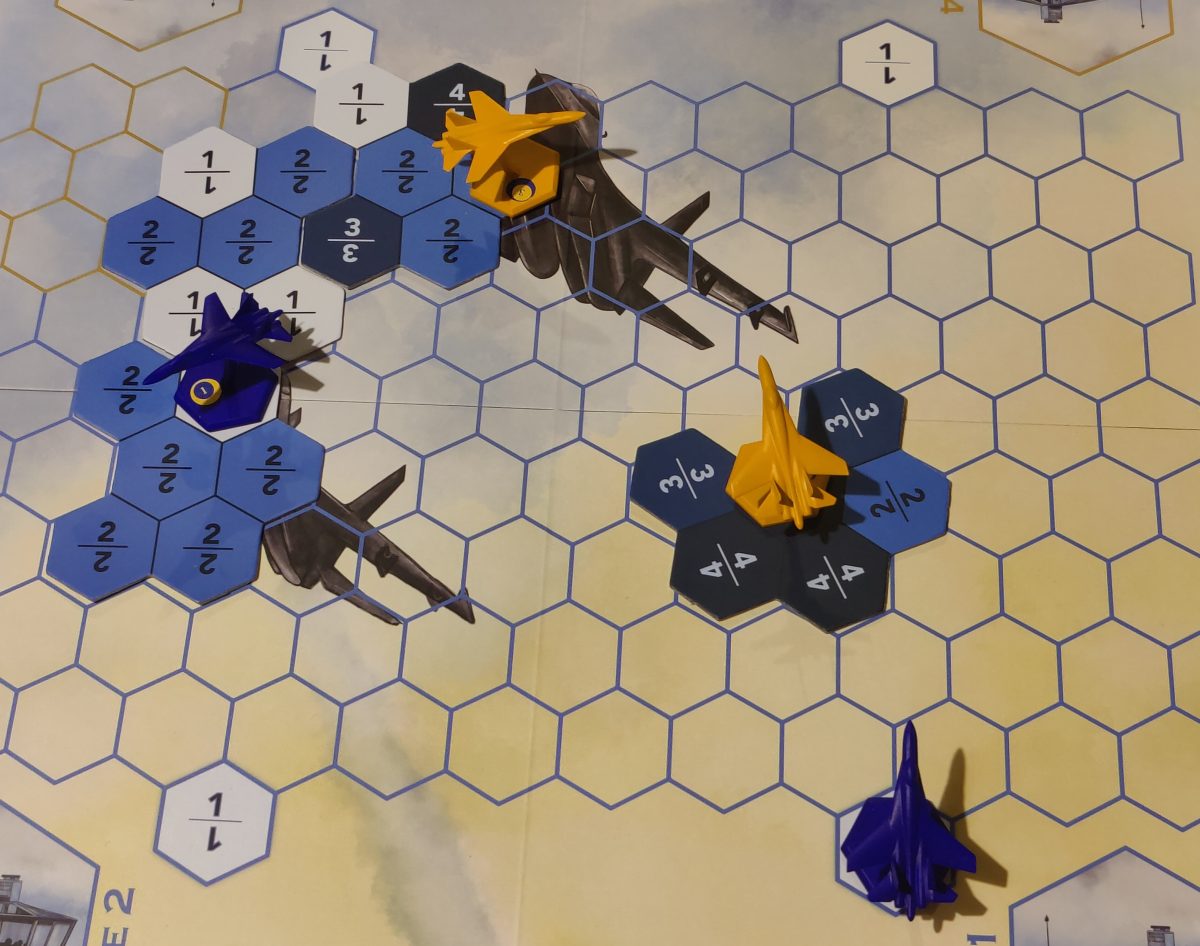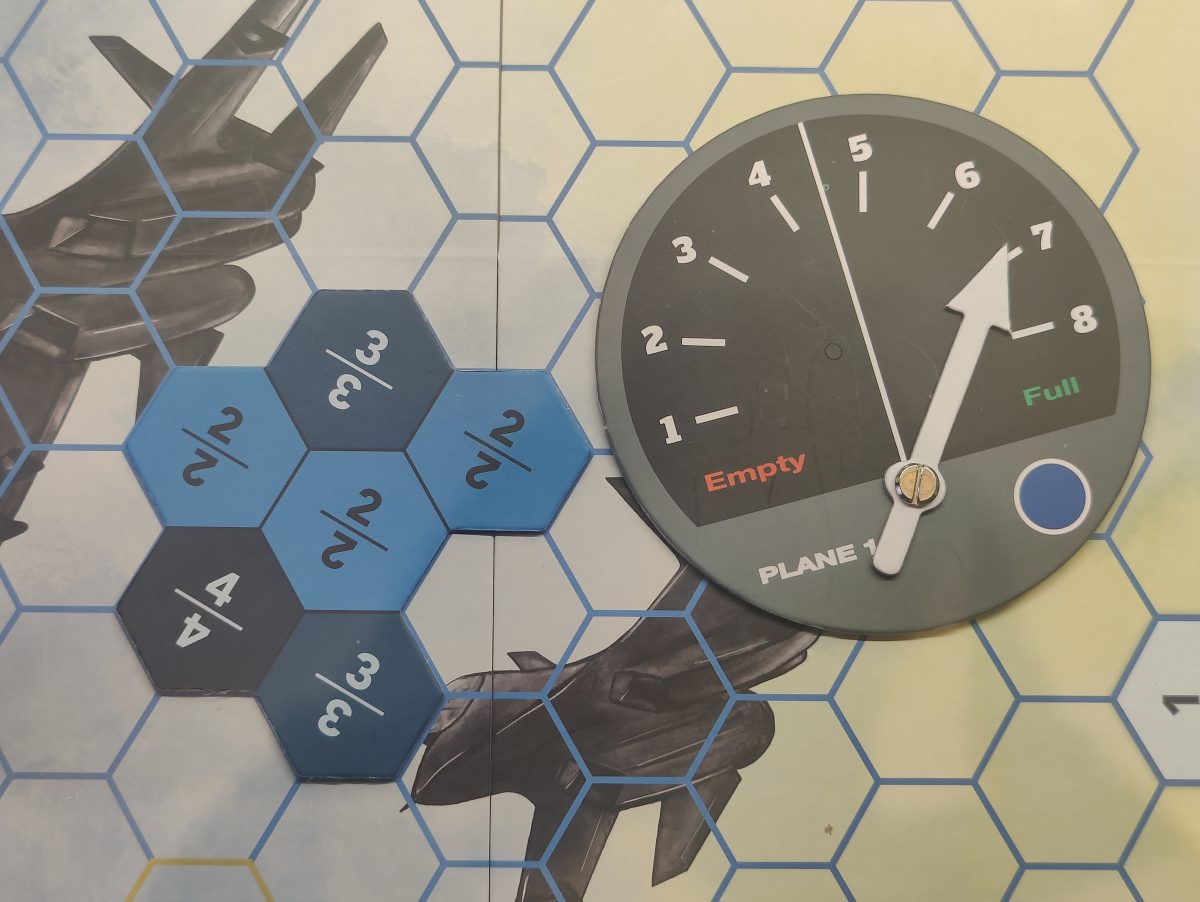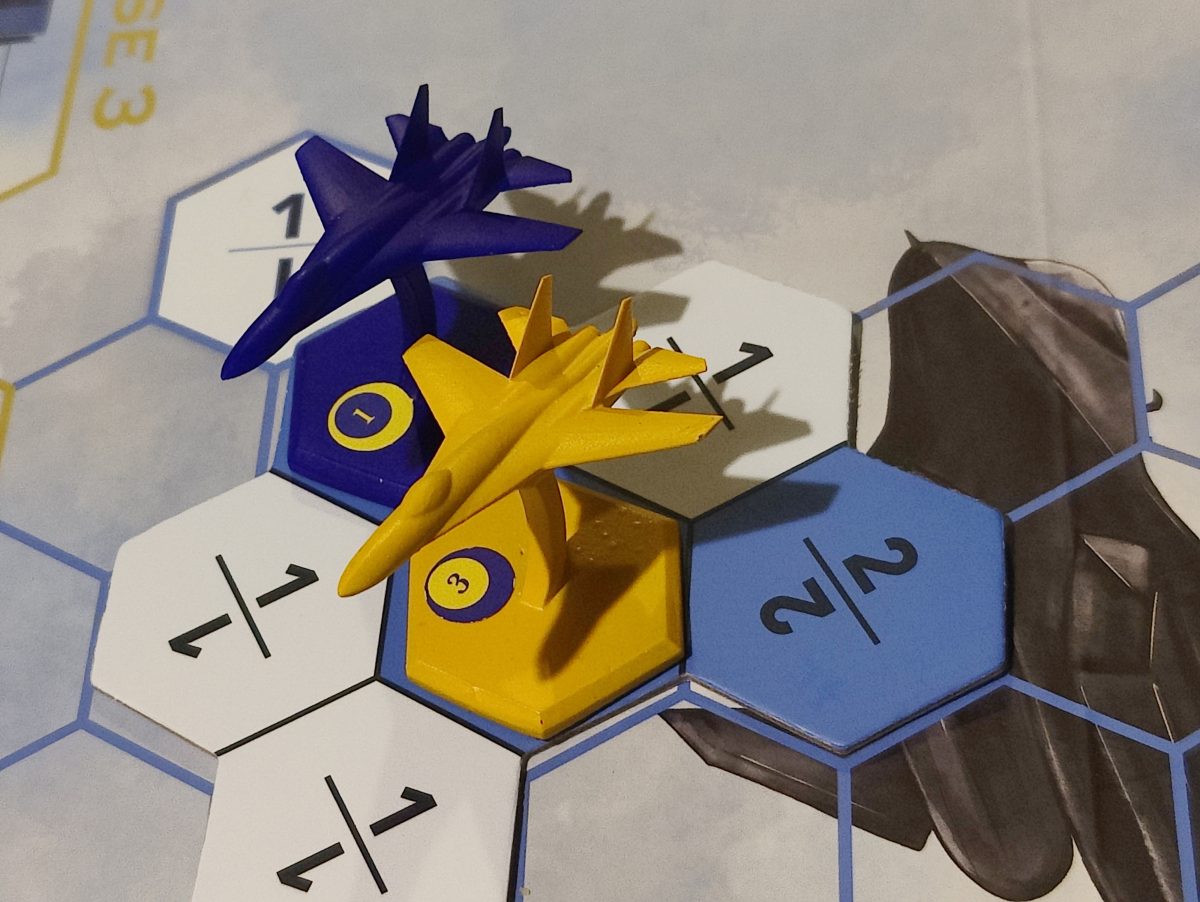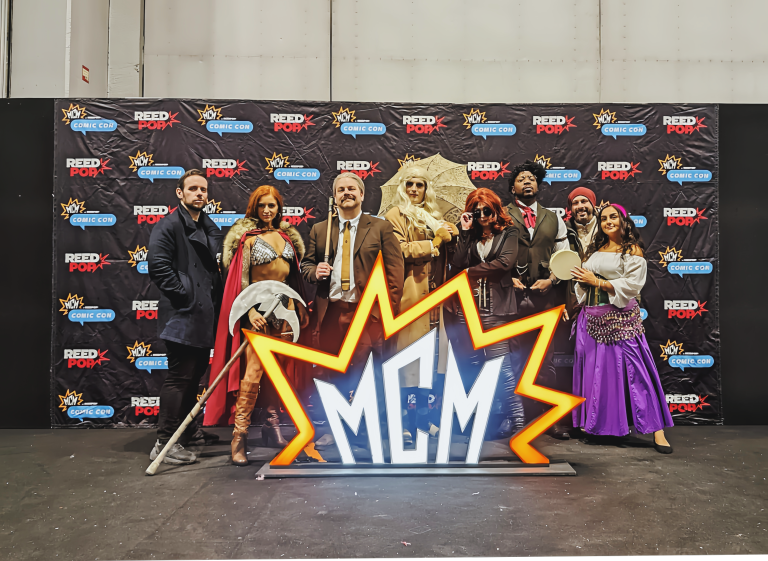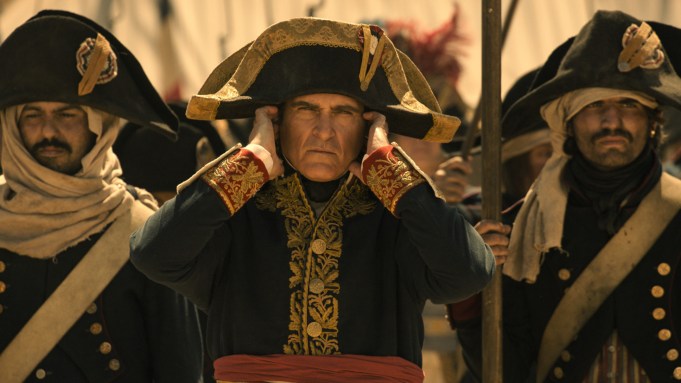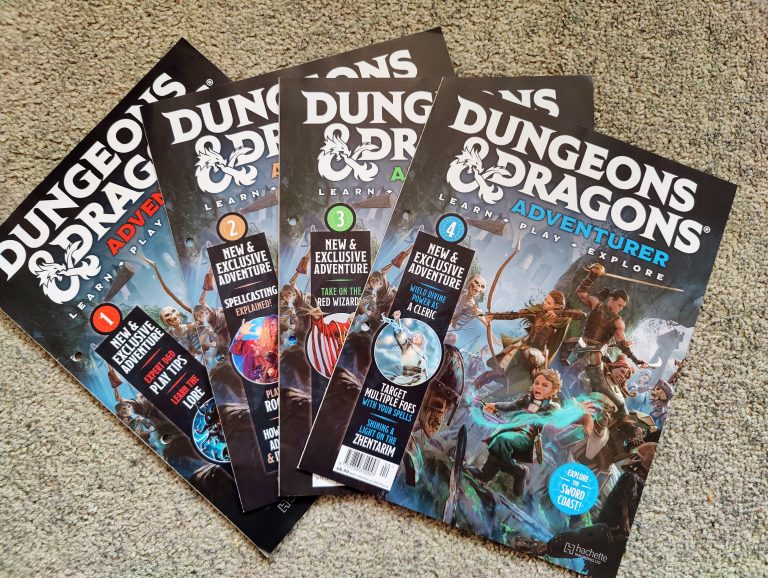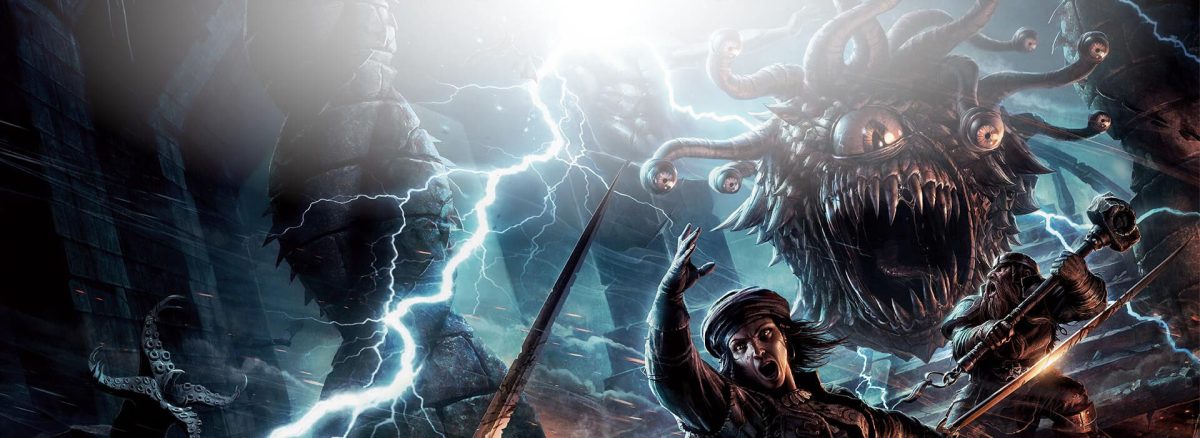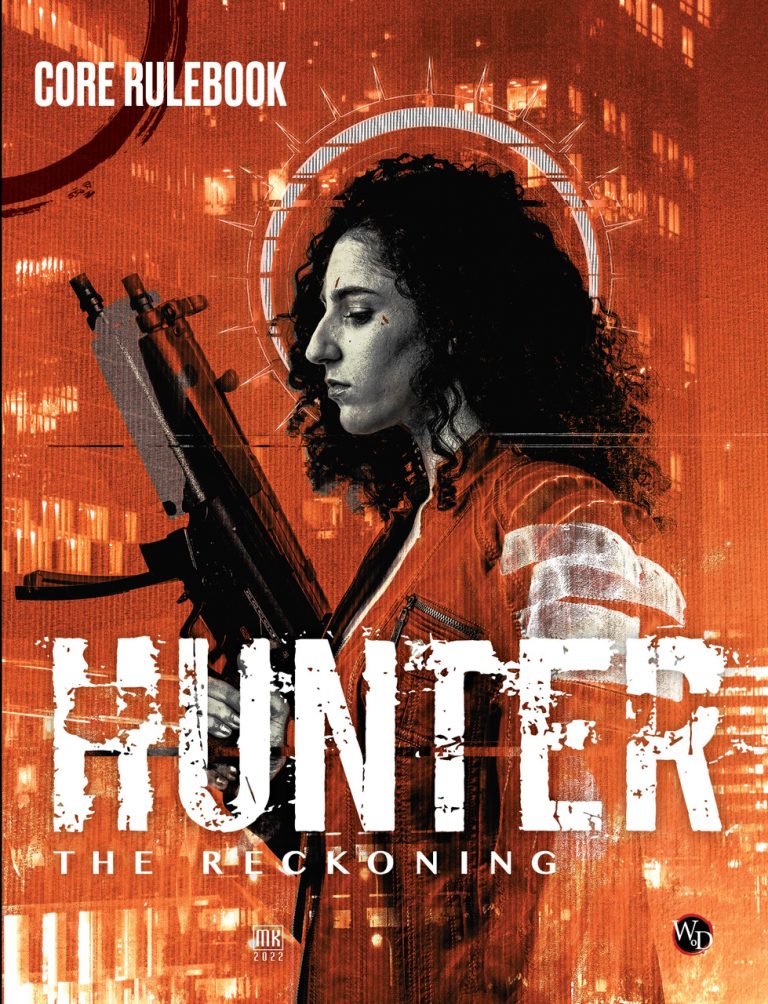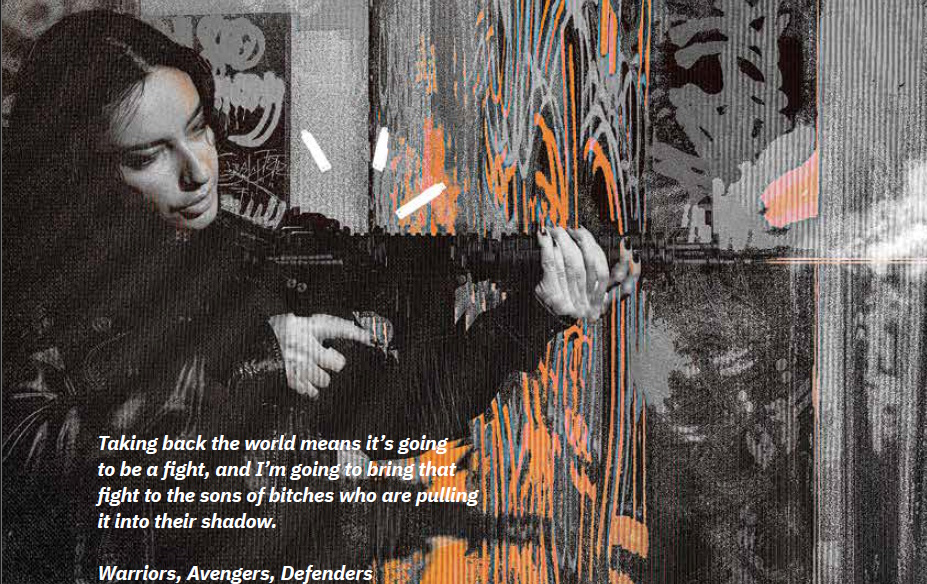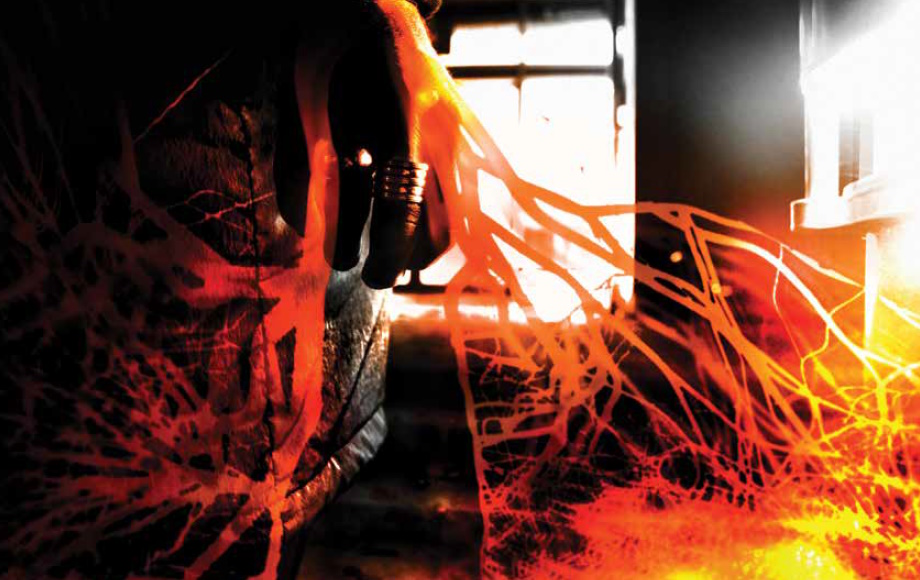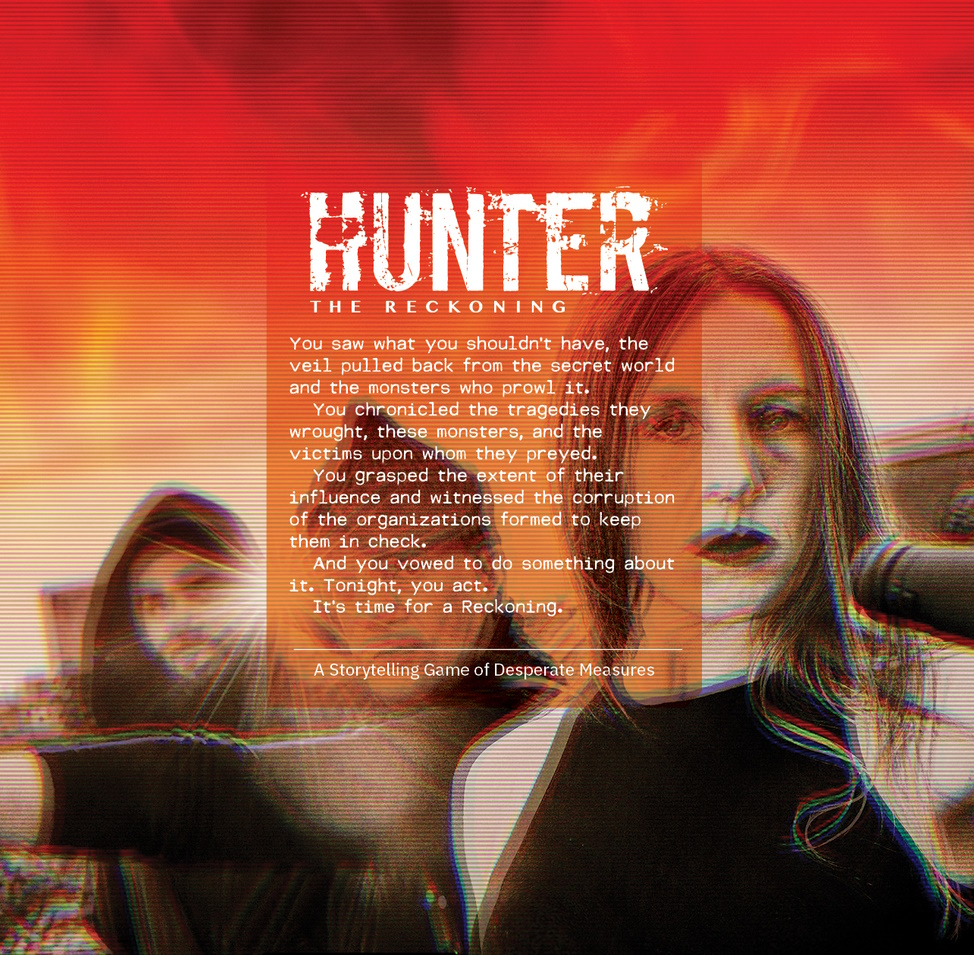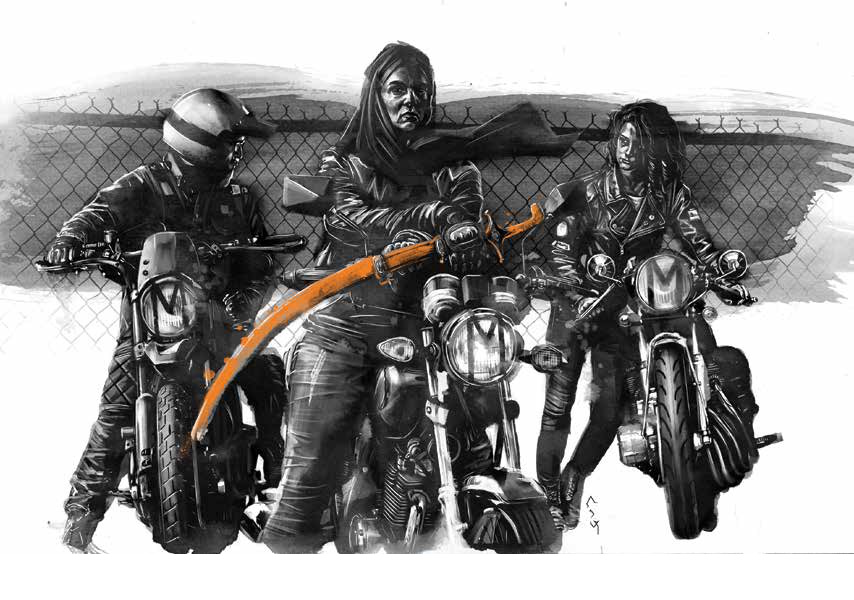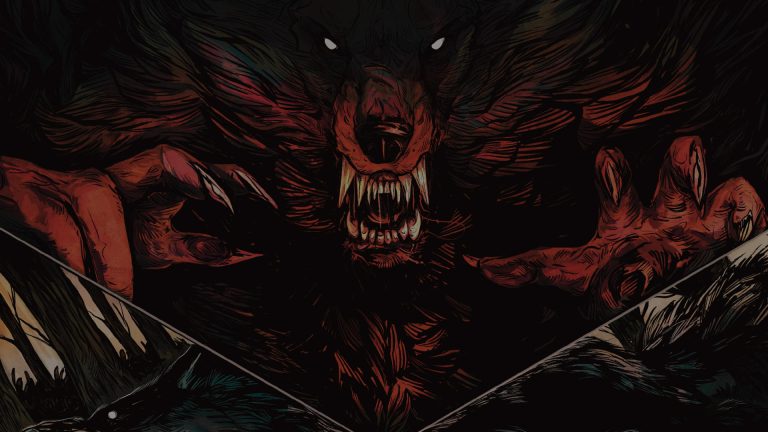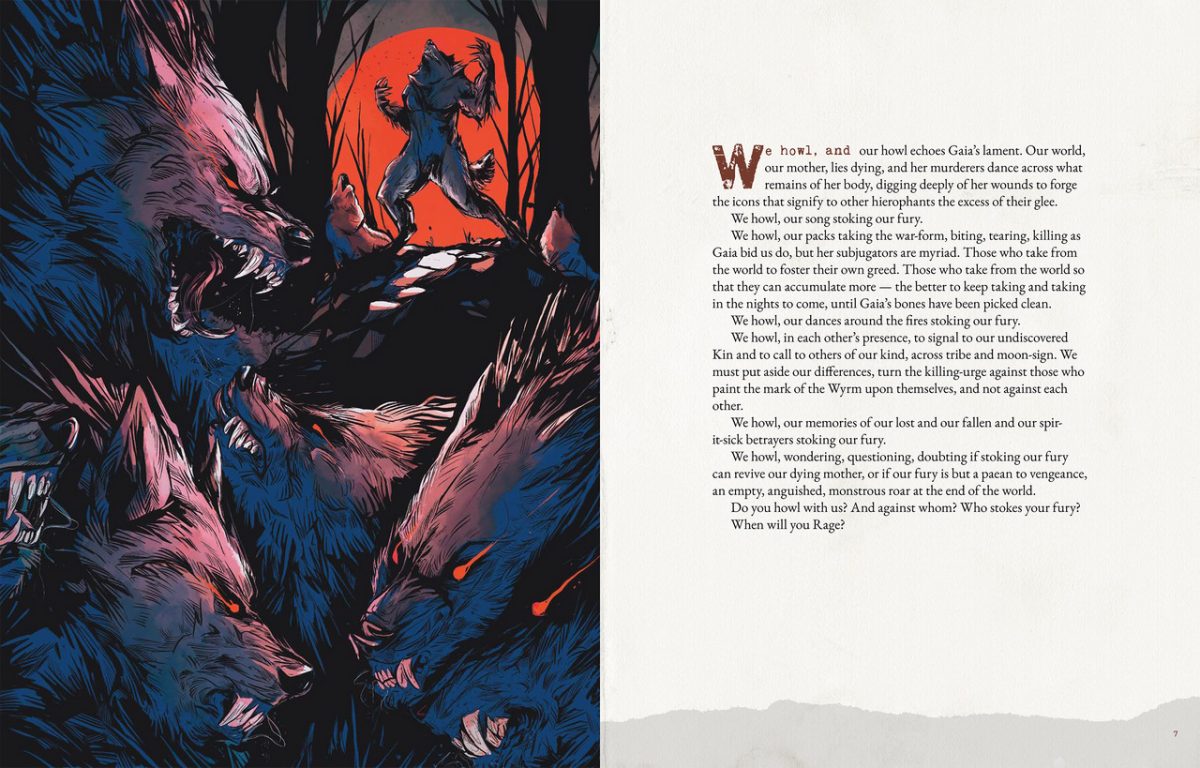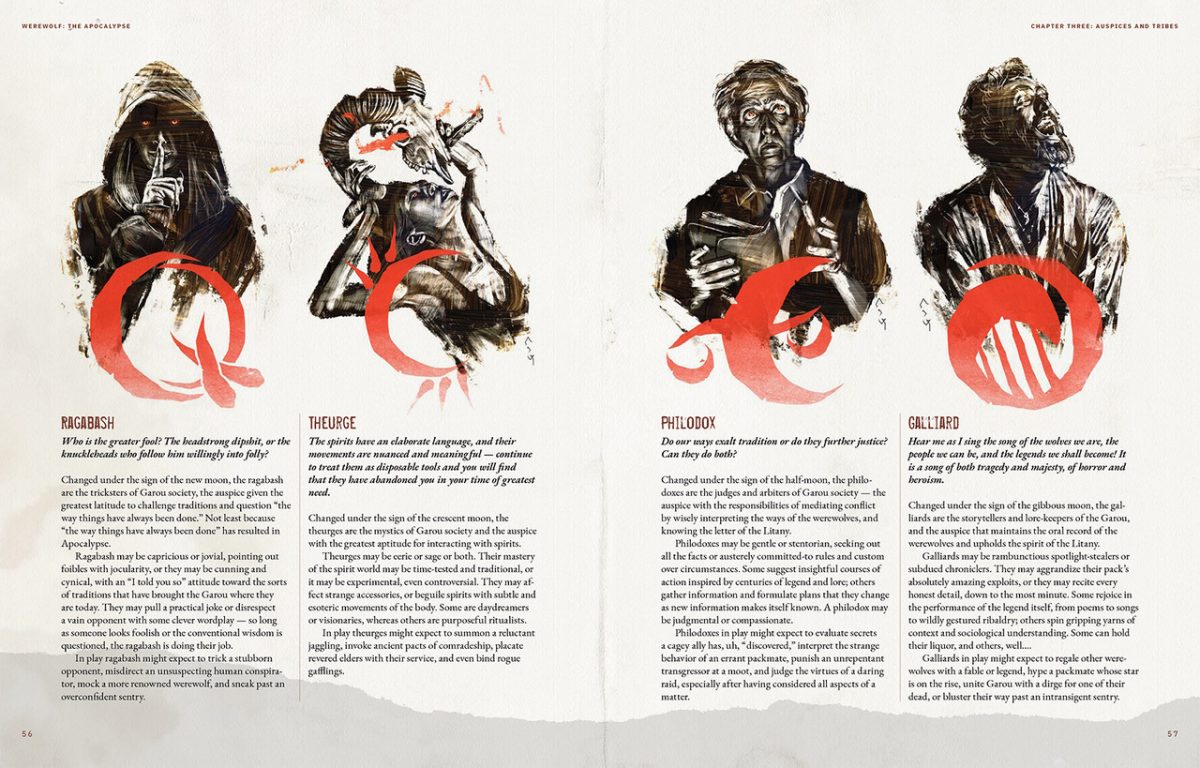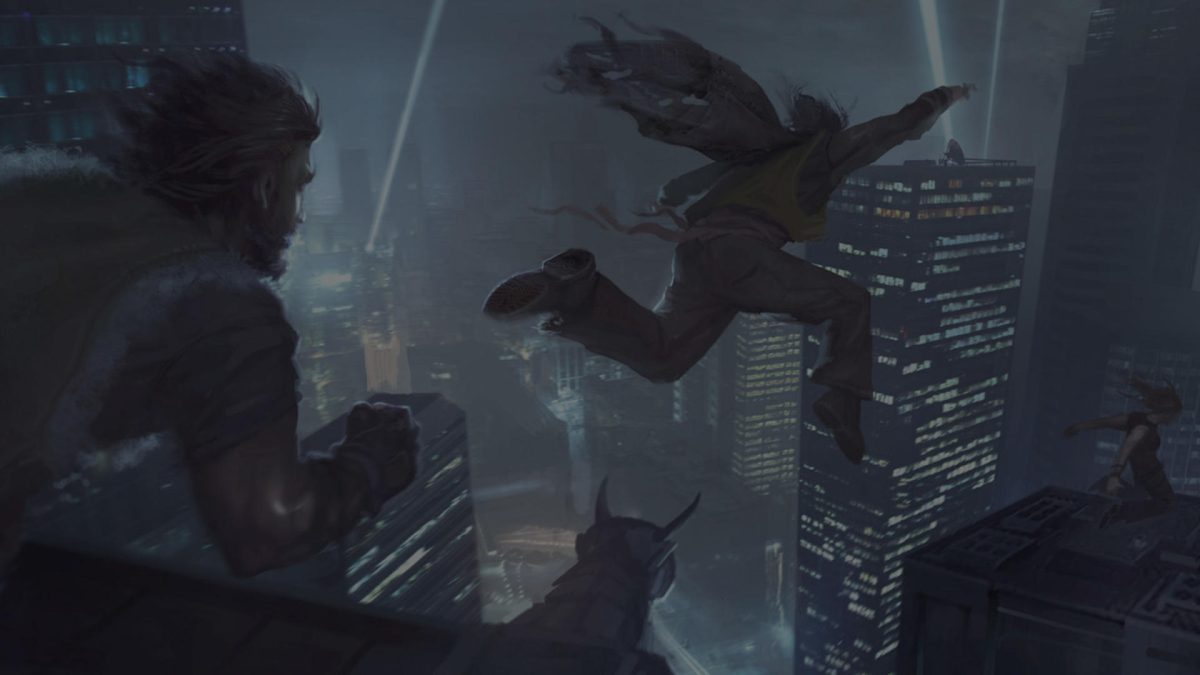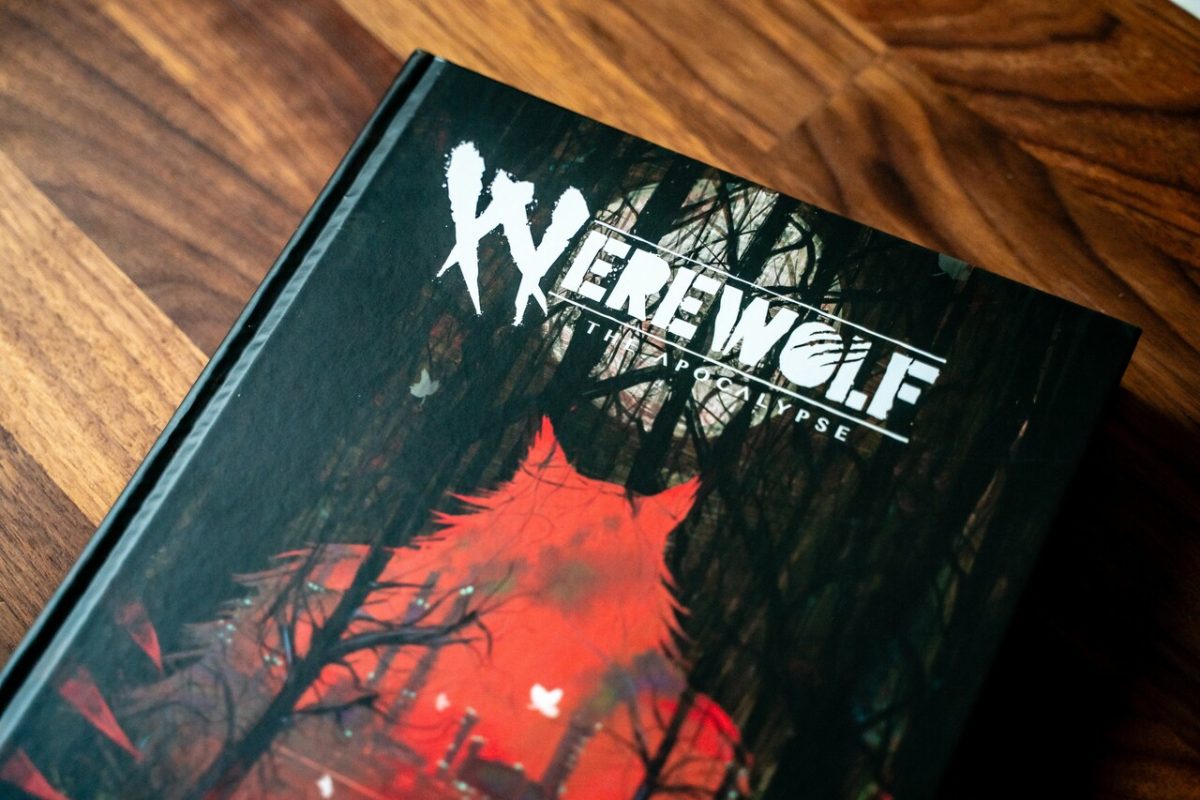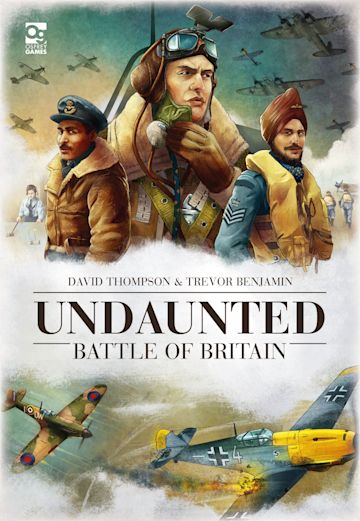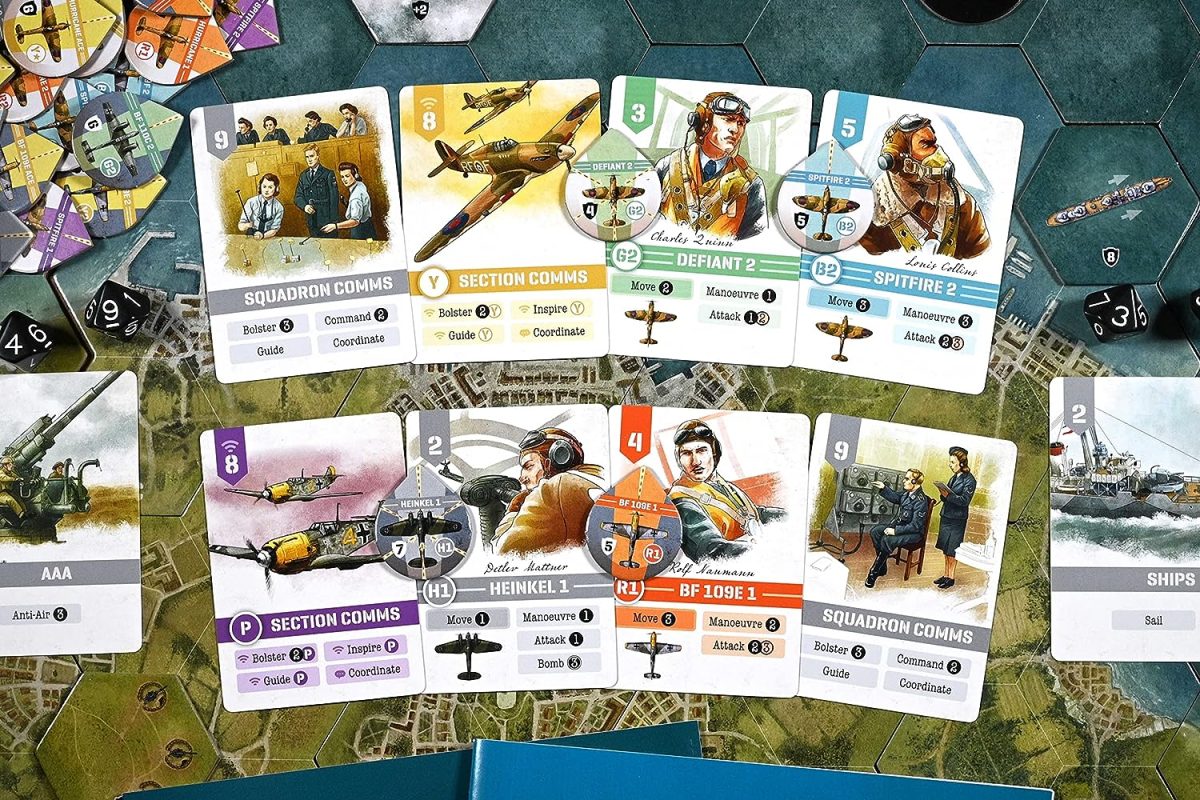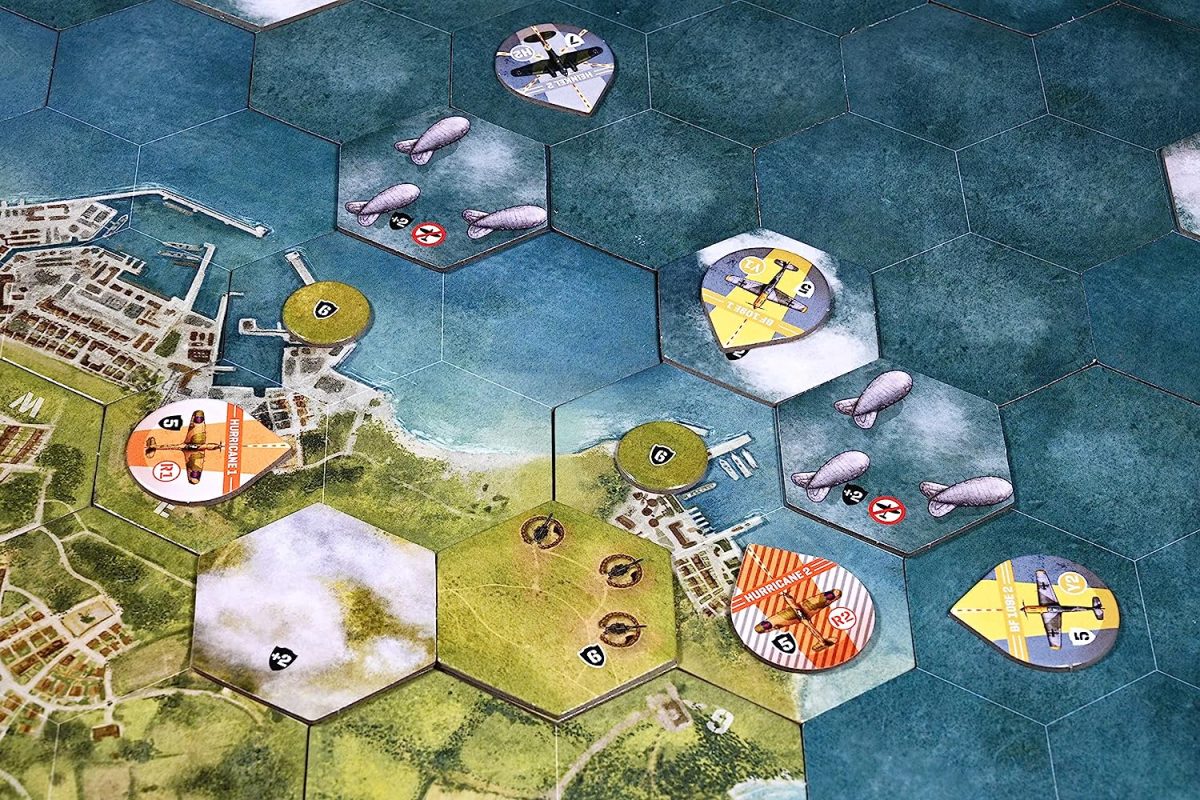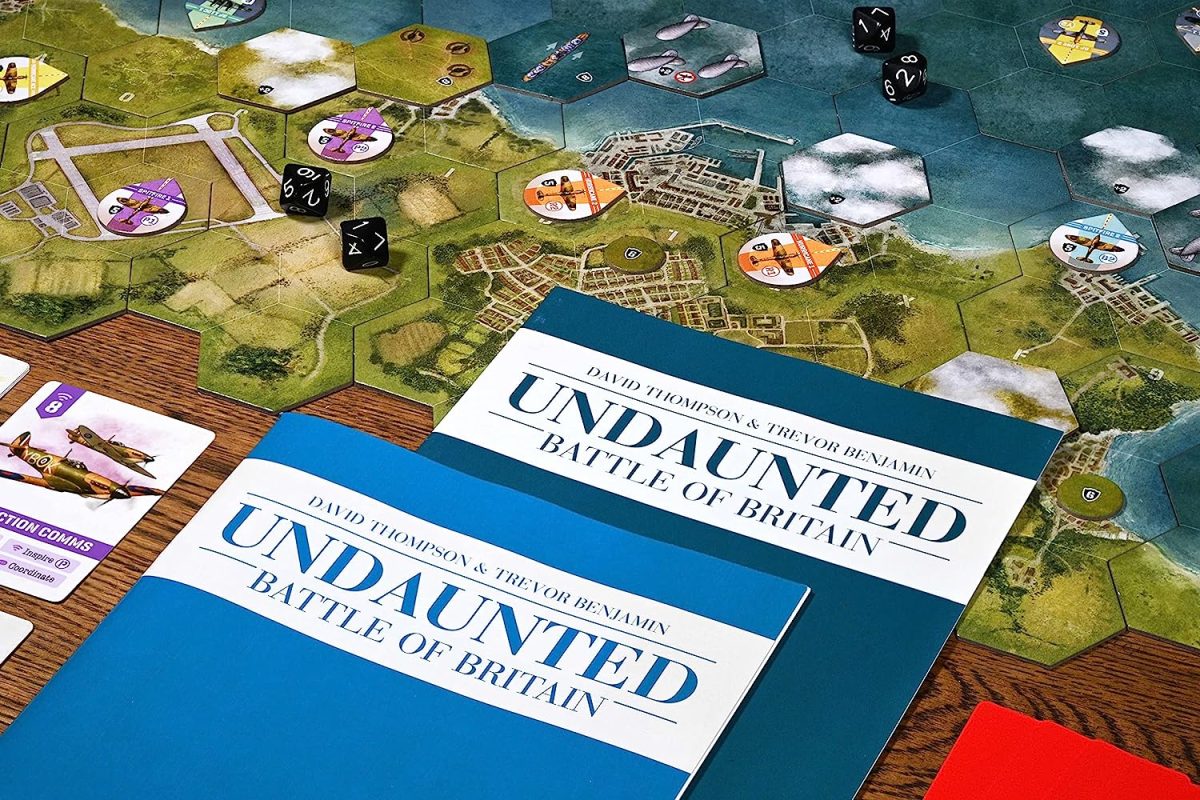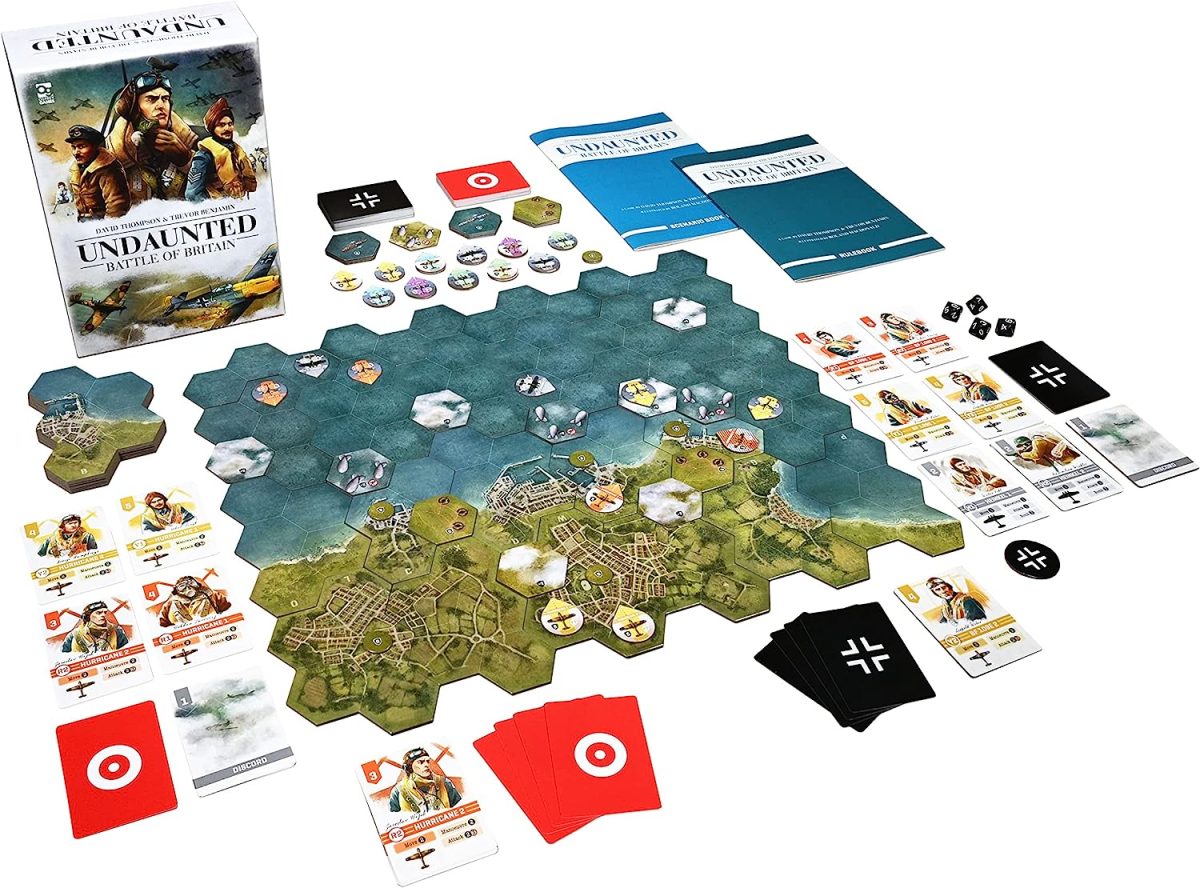It would be fair to say that The Walking Dead is the series about zombies (referred to as walkers in the series); a tale of survival in the aftermath of a zombie apocalypse. It is interesting to note that Robert Kirkman, the creator of The Walking Dead, once described the series as a ‘soap opera with zombies’. In the TV series, Rick Grimes says; “We’re the ones who live.” It is this focus on human interaction in the face of the apocalypse that makes The Walking Dead an ideal setting for a roleplaying game.
It is worth noting that The Walking Dead Universe roleplaying game is an adaptation of the TV series and not of the original comic series. Although the core premise of the comics remains the same, there are some tonal differences and the TV series deviates from certain plot points. The roleplaying game also expands on the setting, but – like the original series – never explains the cause of the zombie outbreak. There are references to a virus, but nothing definite is given.
In the game, players take on the role of survivors eking out an existence following the zombie outbreak. Much like the TV series, the focus of the roleplaying game is on scavenging, building a home base and negotiating with other communities.
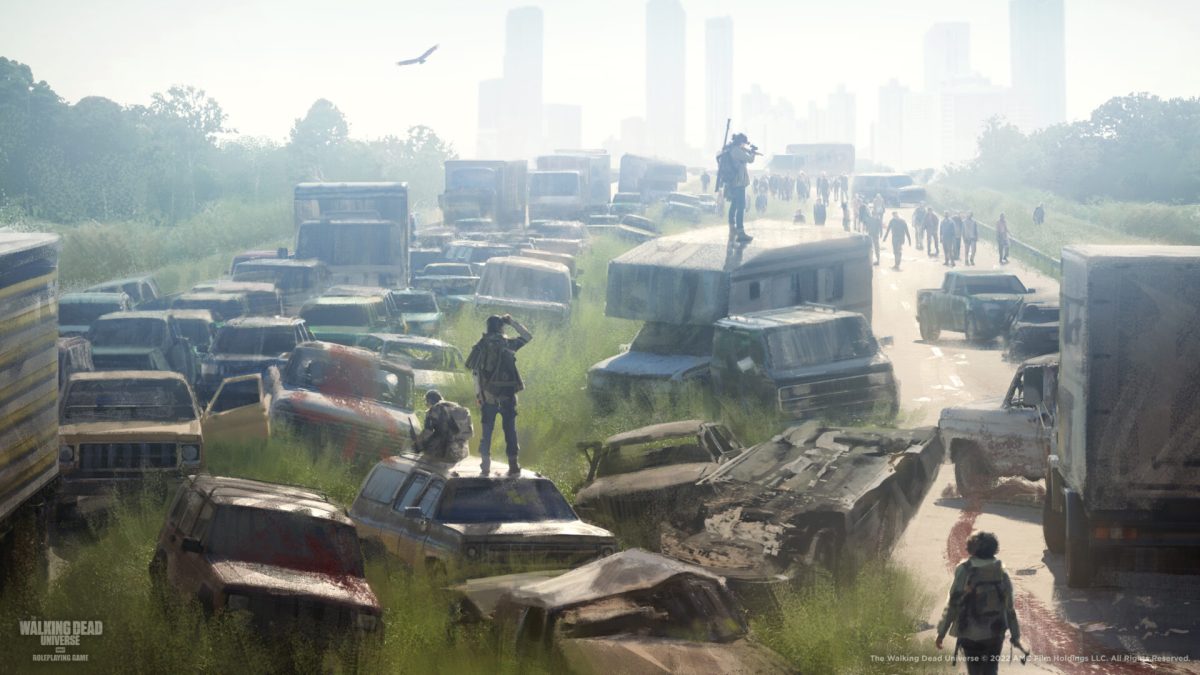
The Walking Dead Universe uses Free League’s Year Zero engine. Most skill tests and conflicts are resolved by adding the relevant attribute and skill together, then rolling that number of six-sided dice. Every six that is rolled denotes a success. If the test fails, the player can reroll the test, but at the cost of gaining stress.
A key element to The Walking Dead Universe is the stress mechanic. Stress points allow players to roll extra dice equal to the number of stress points their character has, reflecting their character’s ability to focus in stressful situations. However, if a 1 is rolled on a stress dice, then a critical failure will occur, whereby the situation worsens.
Too much stress can cause characters to become overwhelmed as the mental toll becomes too much. Although the game recommends resolving the consequences of becoming overwhelmed after the game session, doing so loses the sense immediacy. Instead, resolving the consequences at the end of the scene feels more impactful, with any details being discussed after the session.
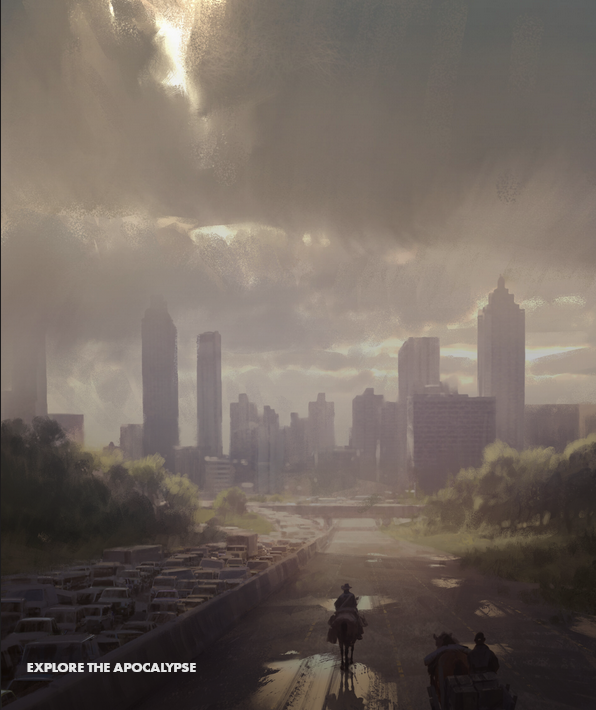
To avoid becoming overwhelmed, stress can be alleviated by characters spending time with one of their anchors. Each character has two anchors; one is another character that they have a connection with, whilst the other is an NPC within their group of survivors. These are defined during character creation, but can change throughout the game. This is a roleplaying game that is focused on player interactions.
Another element in The Walking Dead Universe is the threat rating. Zombies are treated as an environmental hazard: the higher the threat rating, the greater the danger they pose. The rating usually starts at 1 and can be raised throughout the game, usually by the actions of characters, such as by causing loud noises. As it is difficult to lower the threat rating, this adds a sense of ratcheting tension throughout the stories.
The Walking Dead Universe portrays the harshness of surviving in a post-apocalyptic environment. Players not only have to deal with zombies, but also disease and brutal communities. At one point the core rulebook states that any wound caused by a zombie will become fatal unless the area is amputated (tricky if their chest or head is wounded).
Base-building forms part of The Walking Dead Universe, as players need to maintain their base in order to protect the group. Each of the bases can be defined by their defence rating and capacity, along with weaknesses that need to be fixed. However, for such an important aspect of the game, it feels excessively streamlined. There are only a few rules on improving the base, other than moving to somewhere else (which is admittedly what they do in the TV series). Hopefully later releases will build upon this aspect of the game by expanding the possibilities for developing communities.
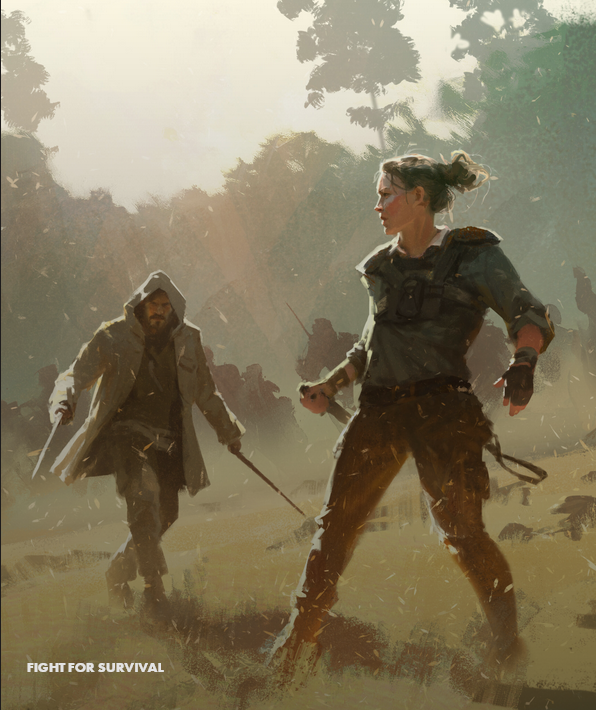
The starter set provides a stripped-down version of The Walking Dead Universe, but with sufficient structure to run the first few scenarios using pre-generated characters. The plethora of maps, dice, threat rating dial and character sheets makes the starter set a useful addition, even for those who already have the core rulebook.
The core rulebook includes everything needed to run the game, as well as lots of advice on running a continuing series of stories within the game. Although the rulebook suggests running scenarios at different points within the zombie apocalypse, there is little information on how this portrayed mechanically within the game. As the decaying infrastructure fails and supplies dwindle, survivors will need to become self-sufficient, rather than scavenging. Likewise, a person born after the apocalypse will have a far different background and skillset than one born before.
In many ways, The Walking Dead Universe works best when set in the immediate aftermath, as the characters struggle to deal with the harsh realities and contrasting this with their lives before. Many of the character concepts in the rulebook are presented in this format, so it feels a natural fit. The number of players would ideally be four to six people, including the games master.
Despite a few minor quibbles, The Walking Dead Universe roleplaying game is a fantastic system for running zombie horror games. The stress points and threat level mechanics add nail-biting tension to the scenes and treating the zombies as an environmental hazard keeps the story running smoothly and maintains focus on the characters.


